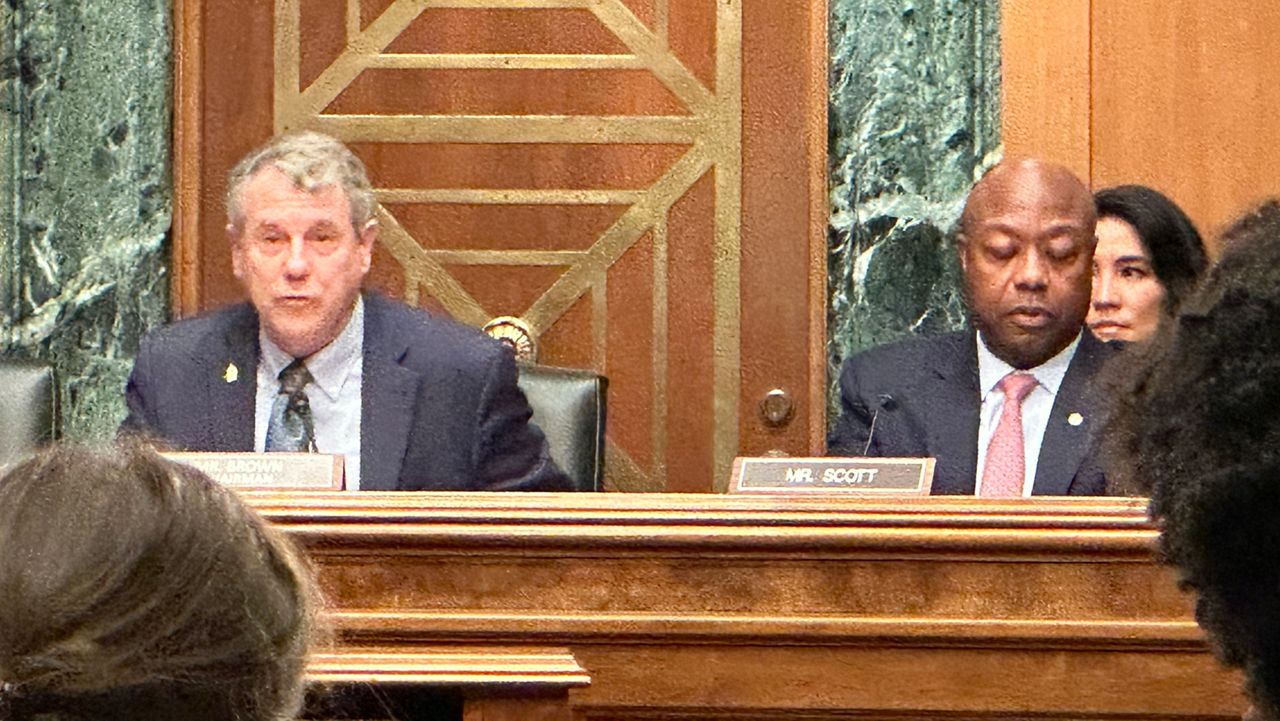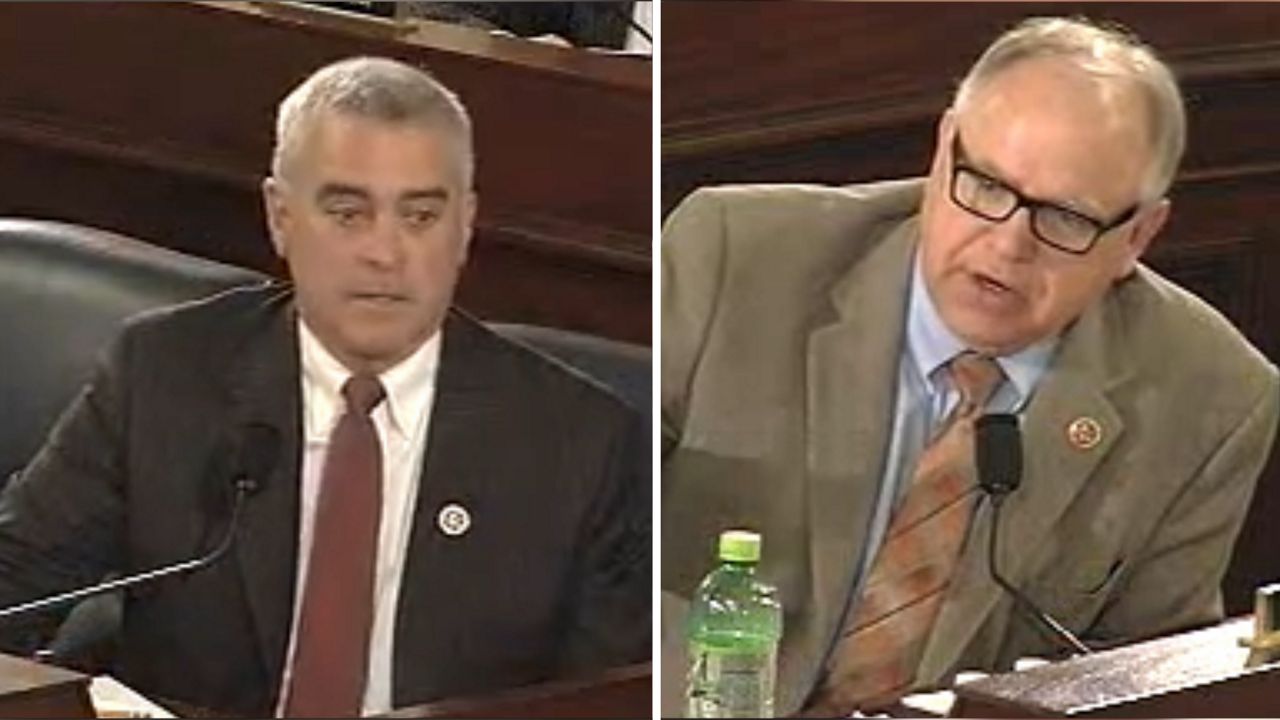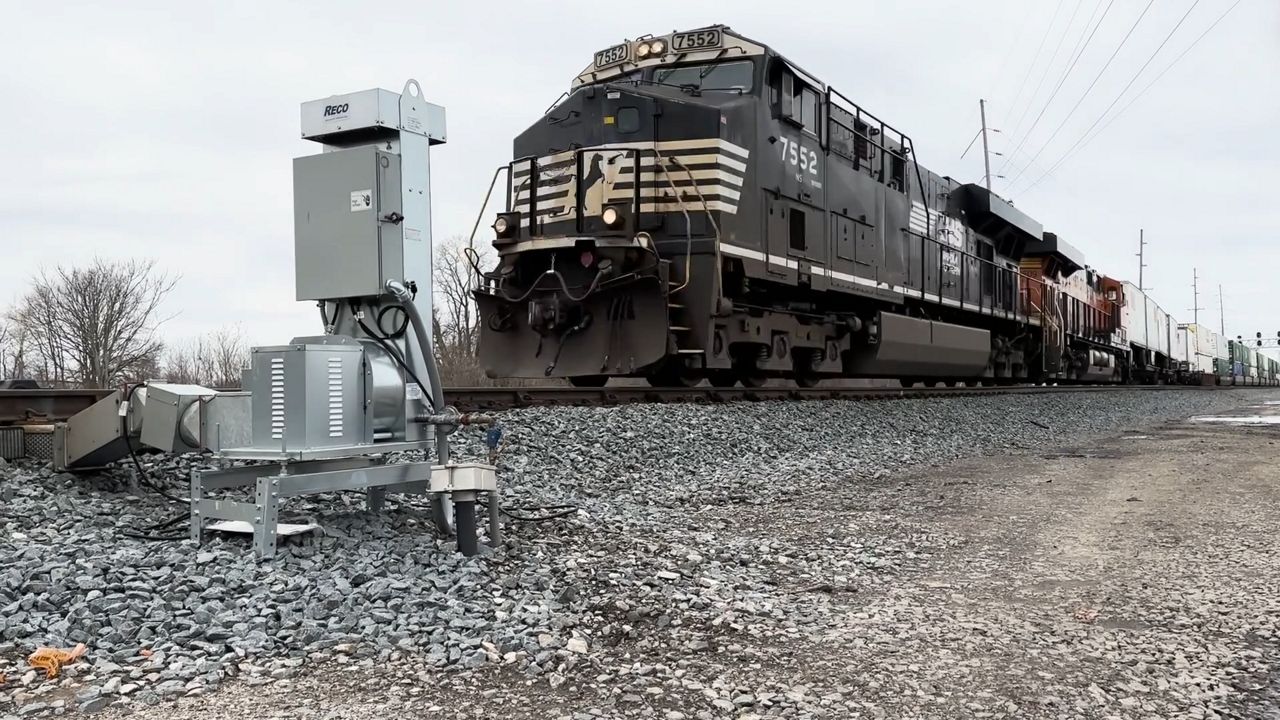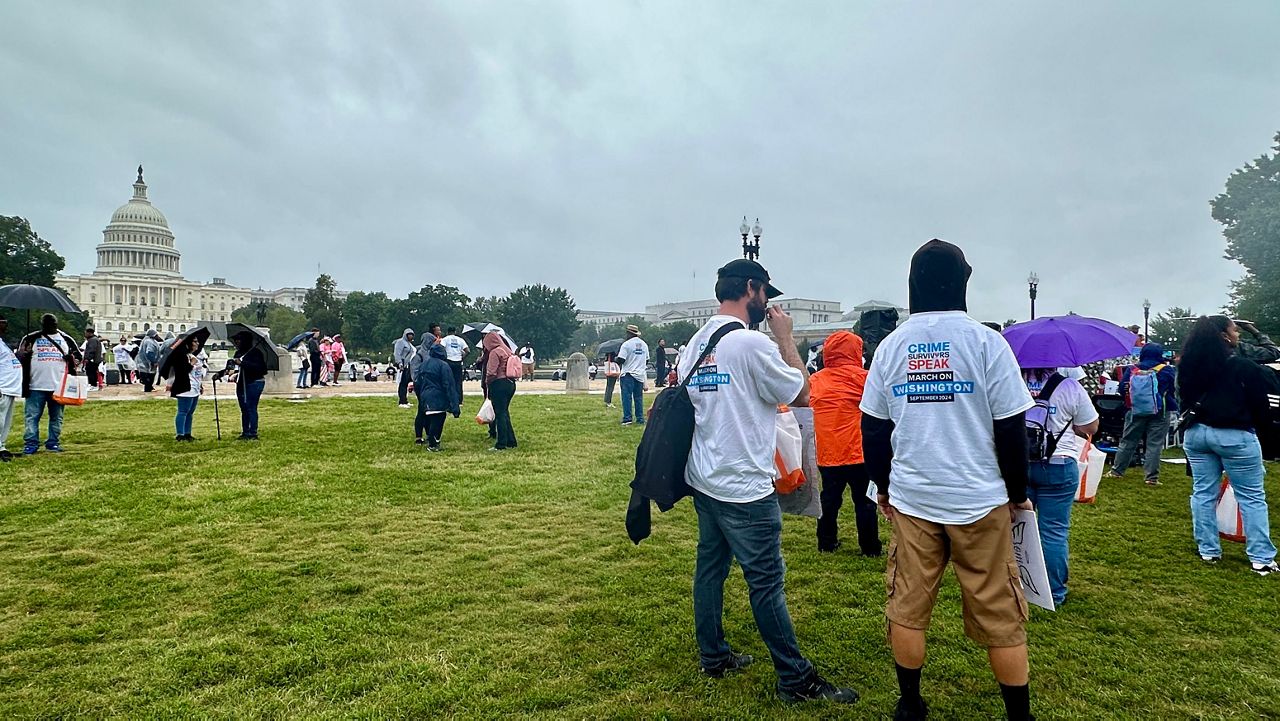WASHINGTON, D.C. — An Ohio lawmaker is pushing to enforce state rules for highway-rail crossings, also known as grade crossings, in an effort to promote railway safety and reduce congestion.
What You Need To Know
- Ohio has the second-most annual crossing blockages in the country
- Rep. Warren Davidson re-introduced a bill to allow Ohio to enforce penalties for blocked crossings
- $100 million in funding allocated to remove grade crossings is in jeopardy after President Trump signed an executive order to pause distribution of the funds
Trains blocking crossings can be more than an inconvenience for drivers; accidents at grade crossings are the second leading cause of rail-related deaths in the United States, with more than 2,000 incidents and 200 fatalities occurring at grade crossings each year, according to the Federal Railroad Administration.
Blocked crossings can also delay emergency responders. Fire chiefs have reported having to watch buildings burn down as they waited on the other side of trains and deaths have been reported after paramedics were delayed by trains.
Ohio had the second most annual crossing blockages in the country in 2022, the last year for which data is available, according to the FRA.
The statistic comes despite a state law banning trains from blocking crossings for more than five minutes. The rule does not apply for continuously moving trains or stoppages caused by circumstances “wholly beyond the control of the railroad company.”
In 2022, though, the Ohio Supreme Court ruled the law unenforceable.
“The problem is you've got a conflict between state law and federal law, where the courts have said these state and local laws are nullified. Only the federal government has jurisdiction on the railroads, and the railroads obviously support that. But the problem is, all of our local communities are just so frustrated,” said Rep. Warren Davidson, R-Ohio.
Davidson recently re-introduced the Railroad Responsibility Act, a bill that would allow states to enforce penalties for blocking crossings. The first bill was introduced in August, but did not pass before the end of the congressional session.
“You have to have some level of accountability,” he said. “You have to treat the railroads in a fair way. If the train has to stop, you may have to break cars or something like that, but if it's going to stay there and block traffic, then there has to be a way to deal with that.”
Davidson said he was encouraged by Trump’s choice of former Congressman Sean Duffy of Wisconsin to lead the Department of Transportation. As a legislator, Duffy introduced a bill that would fine railroad companies $10,000 for each hour their trains block a crossing. Duffy’s nomination won unanimous approval from a Senate committee Wednesday.
The bill could also draw bipartisan support, with some Democrats also concerned about blocked crossings.
“We have heard from communities across the district about railway crossing issues,” said Rep. Emilia Sykes, D-Ohio. “It’s a safety issue when you have first responders trying to get from one side of the community to the other, but can’t because the railway is blocked by a stagnant train.”
A report released last September by the National Academies of Sciences recommended Congress should give federal regulators the power to penalize railroads for causing such problems.
A major program to reduce Ohio’s 5,700 grade crossings is in jeopardy, however, after President Trump issued an executive order to pause distribution of funds from the 2021 Infrastructure Investment and Jobs Act. The law was set to fund $100 million in projects across Ohio to build overpasses, underpasses and other safety upgrades, including $80.9 million allocated to Ohio projects on Jan. 10.











